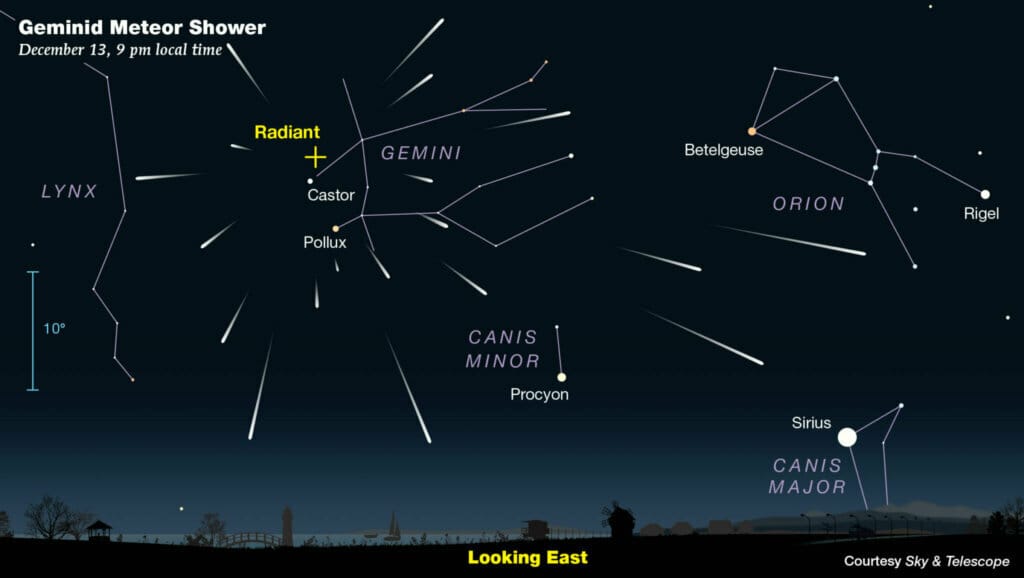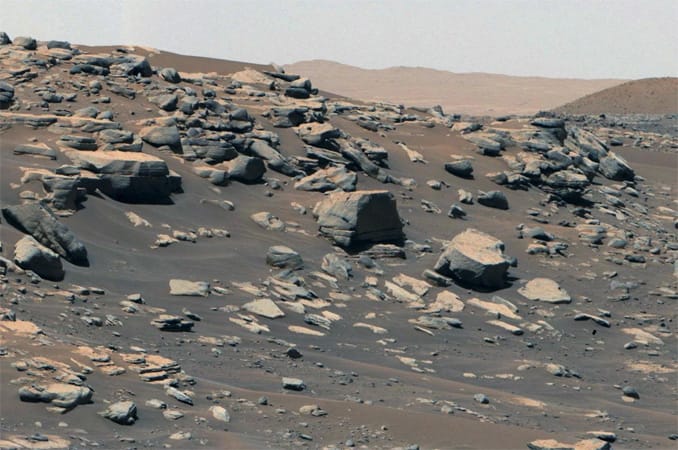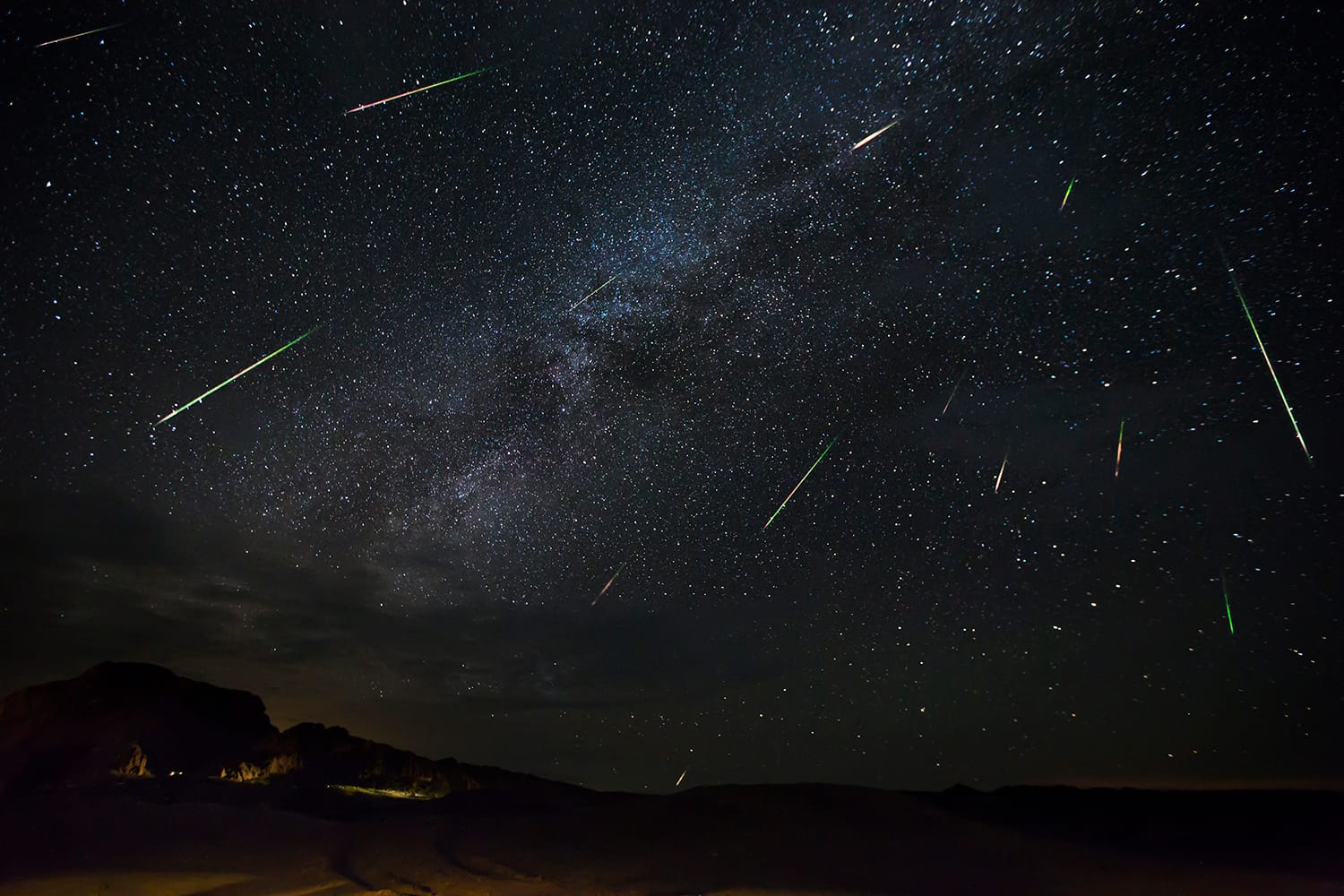The James Webb Space Telescope (JWST) has once again demonstrated its remarkable capabilities in capturing the cosmos with stunning clarity. A newly released image reveals a dying star, often referred to as a planetary nebula, showcasing an intricate shell structure that is both beautiful and scientifically significant. This observation not only highlights the advanced technology of the JWST but also offers a glimpse into the complex processes that govern stellar evolution.
Planetary nebulae are formed during the late stages of a star’s life cycle, particularly for stars similar in size to our Sun. As these stars exhaust their nuclear fuel, they undergo a series of transformations that lead to the expulsion of their outer layers. The remaining core, now a white dwarf, is left behind, while the ejected material forms a glowing shell of gas and dust. This process is a critical phase in the life cycle of stars, contributing to the enrichment of the interstellar medium with heavy elements that will eventually form new stars and planets.
The JWST’s latest image captures this phenomenon with unprecedented detail, revealing the intricate structures and patterns within the nebula. The telescope’s advanced infrared capabilities allow it to peer through cosmic dust and gas, providing a clearer view of the star’s remnants. The colors and textures observed in the image are not only visually striking but also carry important information about the physical and chemical processes occurring in the nebula.
One of the most fascinating aspects of this observation is the way it illustrates the dynamics of stellar death. The ejected material from the dying star interacts with the surrounding environment, creating complex shapes and structures. These interactions can lead to the formation of knots, filaments, and bubbles within the nebula, each of which tells a story about the star’s final moments. The JWST’s ability to capture these details allows astronomers to study the mechanisms behind these phenomena in greater depth.
In addition to its aesthetic appeal, the image serves as a valuable tool for researchers studying the life cycles of stars. By analyzing the composition and distribution of elements within the nebula, scientists can gain insights into the processes that govern stellar evolution. This information is crucial for understanding not only the fate of individual stars but also the broader implications for galactic evolution and the formation of new celestial bodies.
The JWST’s observations are particularly timely, as they coincide with a growing interest in the field of stellar astrophysics. As researchers continue to explore the complexities of star formation and death, the data provided by the JWST will play a pivotal role in shaping our understanding of the universe. The telescope’s ability to capture high-resolution images of distant celestial objects opens new avenues for exploration and discovery.
Moreover, the JWST’s findings contribute to a larger narrative about the lifecycle of matter in the universe. The elements produced in the cores of stars during their lifetimes are released into space when they die, enriching the interstellar medium. This process is fundamental to the creation of new stars, planets, and even life itself. By studying dying stars and their remnants, scientists can piece together the intricate web of cosmic evolution that has shaped the universe over billions of years.
As the JWST continues its mission, astronomers anticipate more groundbreaking discoveries that will deepen our understanding of the cosmos. The telescope’s ability to observe distant galaxies, star-forming regions, and the remnants of dying stars will undoubtedly yield new insights into the fundamental processes that govern the universe. Each image captured by the JWST is not just a snapshot of a moment in time; it is a window into the past, revealing the stories of stars that have long since ceased to shine.
In conclusion, the beautifully detailed image of a dying star captured by the James Webb Space Telescope serves as a testament to the power of modern astronomy. It highlights the intricate processes involved in stellar evolution and the importance of these phenomena in the broader context of the universe. As researchers continue to analyze this data, the insights gained will undoubtedly enhance our understanding of the cosmos and our place within it. The JWST stands as a beacon of discovery, illuminating the mysteries of the universe one image at a time.



